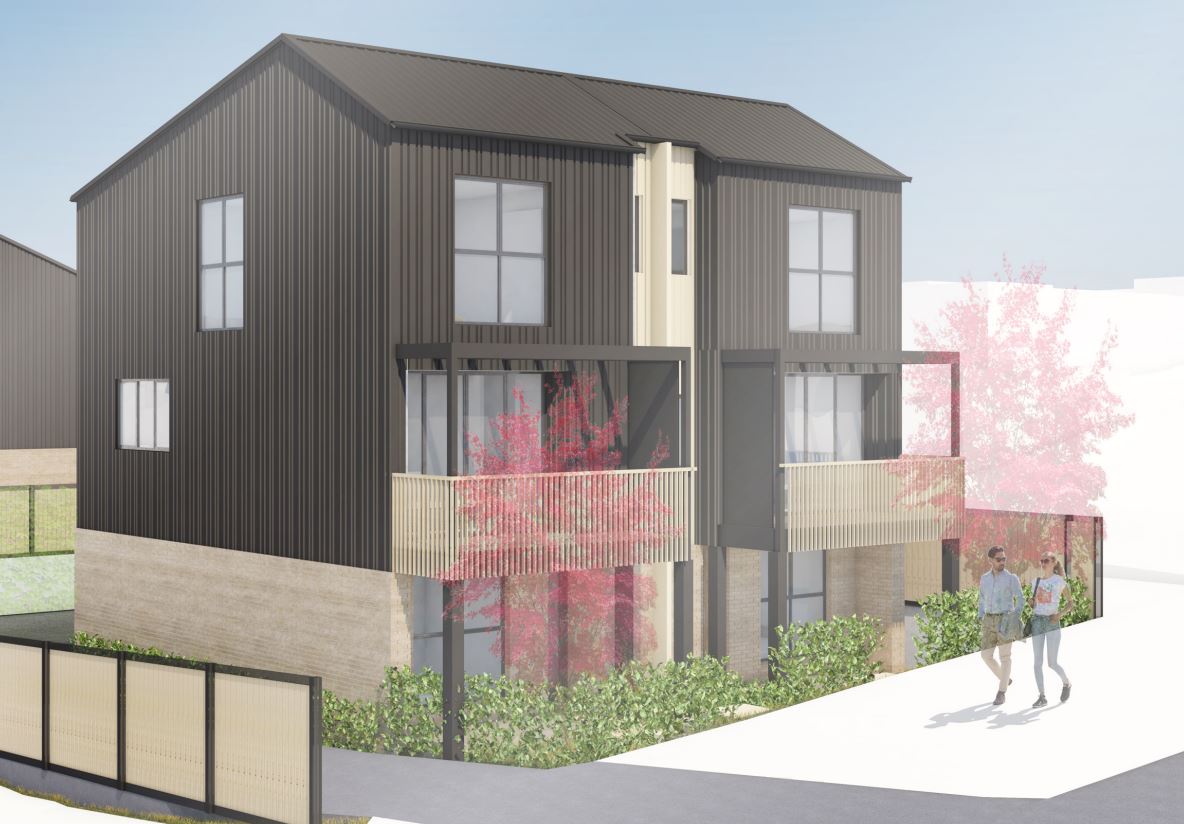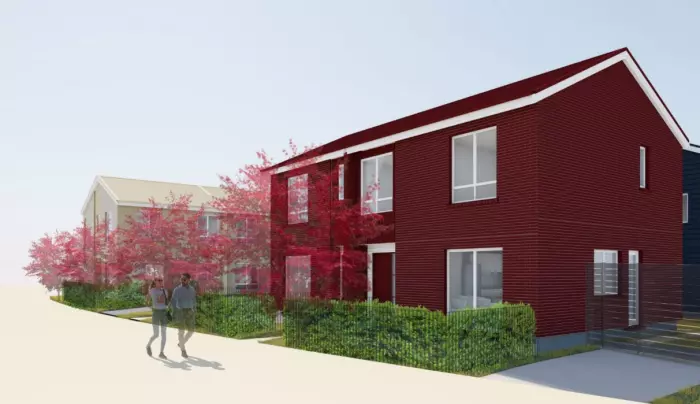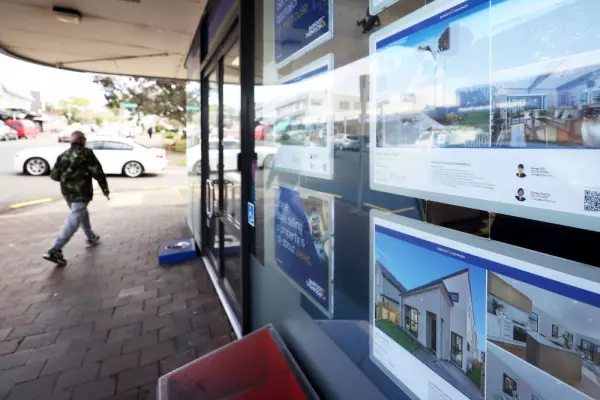The government and New Zealand have realised that urban development is key to unlocking our economic potential and growth.
In recent years, much has been planned and done to combat the ever-increasing problem of congestion and lack of housing in our urban centres. A large home on a sprawling section was once commonplace 50 years ago in Auckland, and indeed other metropolitan centres in NZ.
Now, these sites are beginning to see planned developments of anything from four detached homes to 12 townhouses, and in some cases even multi-level apartment buildings. Yet despite an increased desire from central government to build more quality houses in our urban centres, many projects are being held up by narrow zoning provisions and are delayed by tedious planning processes and the different regional or individual interpretations of them by councils and their officers.
What is clear is that the appetite for a change from sprawling homes and sections to a more sustainable and urban form of living is one that the market is demanding and shifting towards and is very much on the government’s agenda. In fact, this is one area where our two major parties, at the high level at least, do not differ. Our government and our economy require urban intensification to move from the planning table to the construction phase as quickly as possible.
City of holdups
If we focus on Auckland, our largest and one of our most unaffordable cities to buy or rent a home (Wellington and Tauranga are no better), it is clear intensification is key to providing the right-sized homes in desirable locations for the ever-increasing amounts of people that choose to work and live in the city. The demand for housing continues to outweigh supply, and whilst the government’s strategies for combating the problem are in motion, such as the National Policy Statement on Urban Development (NPS-UD), we are not seeing the problem de-escalate.
Since coming into effect in late 2016, the Auckland Unitary Plan (AUP) has had its fair share of controversy. Although the independent hearings panel did do a good job, a lot of grey areas in the plan still exist. There have been some issues open to interpretation and the consent process has often been seen to be too complicated and constraining. Developers and applicants are often given patchy feedback, or at worst, told to redevelop entire projects instead of addressing very small issues and continuing on. This obviously affects timelines for new developments and associated costs affecting affordability.
This is a real issue, as delays have a real impact on developers’ appetites to take on certain projects. Having plans scaled back also has an impact not only on profit margins, but the price points of each home delivered. This means that if the risk reward ratio is not balanced, developers will look to make investments elsewhere in the city and not in locations that the AUP has planned.
Dealing with delay
One aspect of recent cases I’ve experienced when myself and the team at Holistic Urban Environments (HUE) have been working with our clients, is that feedback on development plans is either inconsistent, trivial or worse still, appears to be copy and pasted from a template. The problem with this is that all investors will always seek as much consistency as possible so they can plan and account for the potential risks against the potential opportunity accordingly. And to get our much-needed urban intensification built we need this investment from developers.
This isn’t to say that councils and those working for them are solely to blame for these issues. In many regions recent streamlining of their headcounts and services has unfortunately placed them under greater strain when our industry of architects, urban designers, planners and developers need to have access to open and sensible conversations with those in council. Ultimately, I believe we are both looking for the same outcomes, which is to build the sustainable, thriving communities of the future through utilising design-led principles. Many of these have even been laid out by councils, and the Auckland Design Manual (ADM) is an excellent example of this.
However, a recent planning application process I experienced highlighted how through lack of consultation and open dialogue, a potential new development in Auckland has now been severely impacted. The issue centred around proposed balconies infringing a planning rule by a mere 0.5 metres. Despite the changes being in line with best practice urban design and city building as contained in the ADM, council planners were of the opinion the balconies and the general built form were too dominant, repetitive, and potentially breaching neighbours’ privacy.
The balconies were designed to improve the sense of community on the street where this development is planned, and being street-facing, they provide other benefits such as passive surveillance and improved aesthetics. Minor infringements to planning rules such as this example are common, but through improved communication and consultation, I believe lengthy project delays can be reduced or eliminated.
 The unwanted balconies. (Image: Supplied)
The unwanted balconies. (Image: Supplied)On the flip-side, another development in Auckland that my team and I at HUE have worked on, has arguably significantly greater infringements and effects and a similar design approach, however there were almost no requests for further information required and the project is subsequently about to be approved without issue. This makes it extremely difficult to give any certainty when advising developers on what can be achieved with each site and how it can be done in ways that provide a net positive outcome for the community.
So where to from here? The idea of net positive outcomes is one that really needs to be considered in the consenting process. It is my belief that to unlock our economic potential through urban development, we need to flip from focusing purely on the adverse effects of any development to considering the positive contribution it will make to the wider community and economic region. This does not mean that we shouldn’t still trust our councils to protect individuals from unsympathetic development proposals. We absolutely should. However, we should also try to shift their lens to one that focuses on how proposed developments align with New Zealand’s economic needs.
How do we achieve this shift? The newly announced NPS-UD is a great start. The NPS-UD aims to remove overly restrictive barriers to development, allowing growth in locations that have good access to existing services and infrastructure. In line with this, I would like to see a planning process that contains more conversation and collaboration between experts in the private sector and within government and local governments. Both sets of experts have a lot to offer and if we can work more closely together, we will be able to create sustainable urban environments and communities that future generations will hold as their aspirational living, replacing the old ‘quarter-acre dream’ notion.
Through striving for a more collaborative process, I believe we can unlock the real expertise that exists within our councils and align this with planners, architects, and developers to help further NZ’s urban economic potential. By working together in this way, we can ultimately address the supply issues at hand and get more projects completed within agreed budgets and timeframes.











